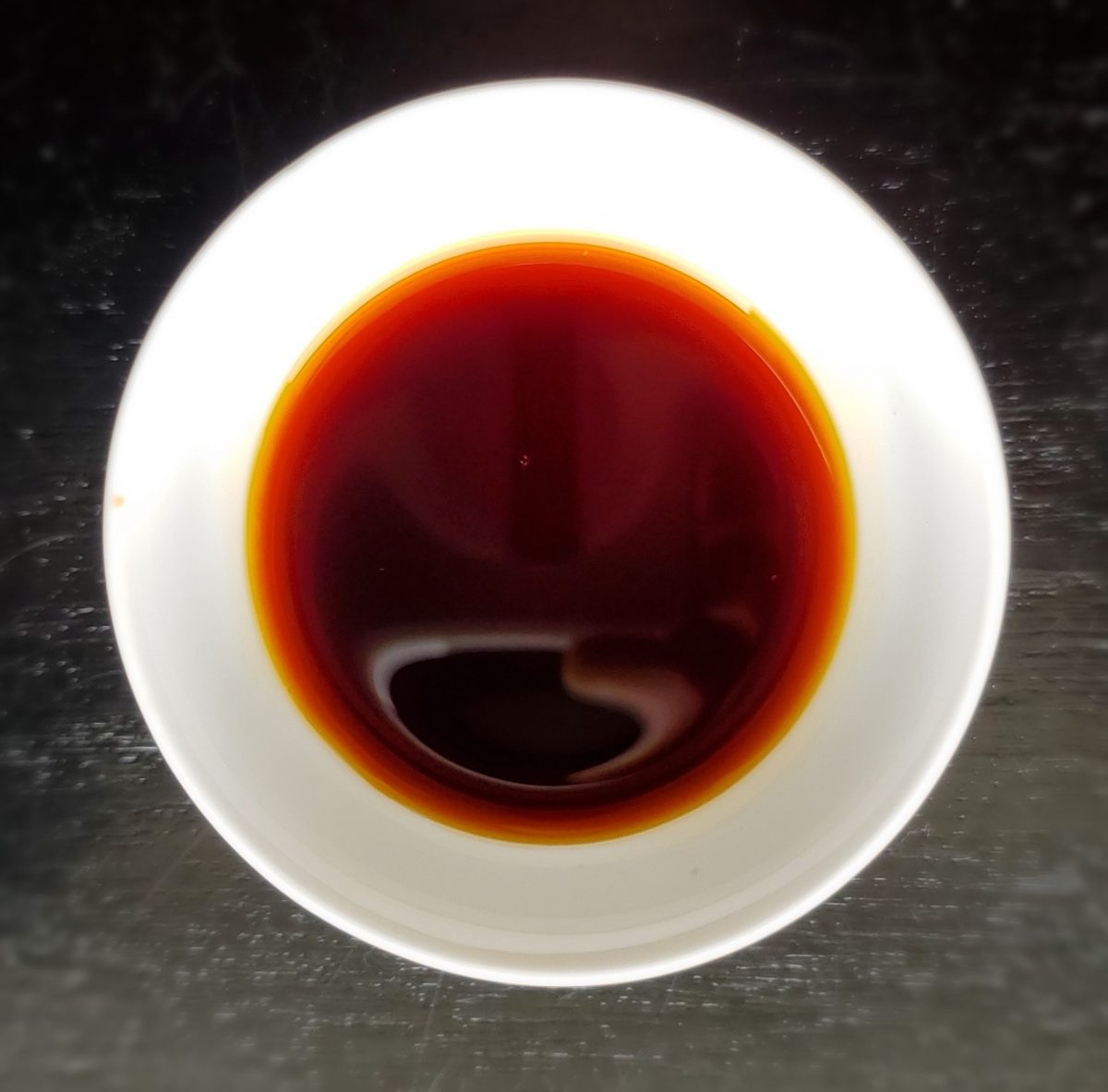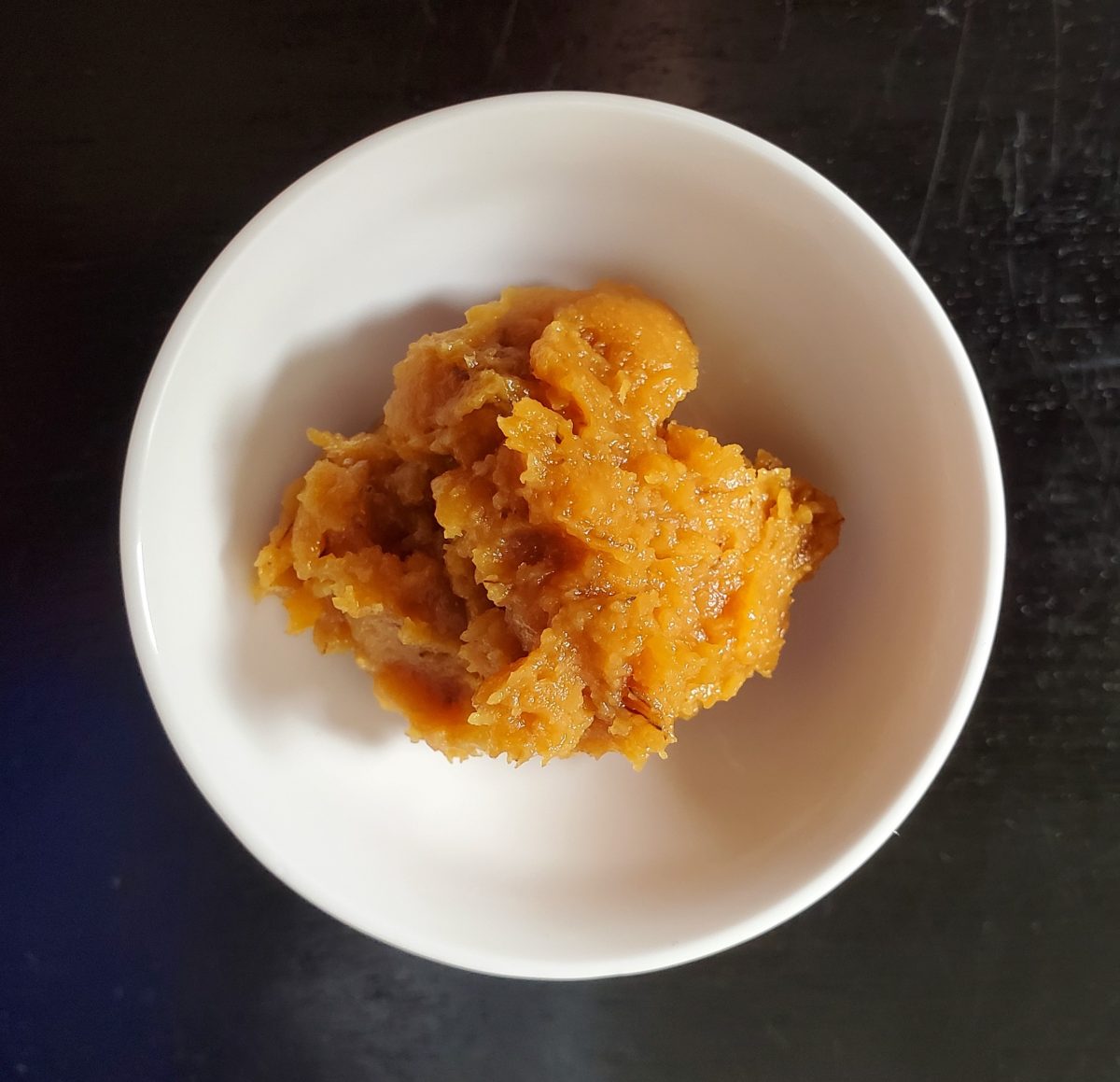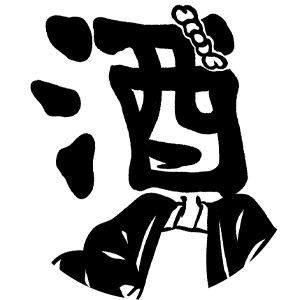September has come, but it’s still hot in Nishinomiya. How about where you live?
At the Sake Museum, the exhibition ‘The Microscopic World of Sake’ in the Sake Reference Room is still available to visit until November 23rd. This exhibition explores the world of microorganisms related to sake brewing. Coinciding with the exhibition, we are posting monthly articles in a three-part series titled ‘Sake Brewing and Microorganisms’, August through October. This month’s article is about koji mold, one of the crucial microorganisms in sake brewing.
In recent years, koji products such as ‘salted rice malt’ have been becoming popular, and koji mold has become a common microorganism in many households in Japan. In fact, some of the key fermented seasonings used in Japanese dishes such as rice vinegar, soy sauce and miso (soybean paste) cannot be made without koji mold. As mentioned, koji mold is also essential for brewing sake, and was used long before refined sake began to be made during the Edo period.


Now, let’s see how rice koji is made during sake brewing. Koji mold was discovered before the Edo period because of the whitish color it would leave on foods such as rice when it multiplied. The method of multiplying koji mold had already been used as far back as the Edo period (1603-1868). In an illustrated collection titled ‘Famous Products of the Mountains and Seas of Japan’, which introduces various industries in Japan during the Edo period, the method of making rice koji for the brewing of sake is recorded in detail. As the common saying in sake brewing says ‘first koji, second moto (yeast starter) and third tsukuri (main mash)’, making rice koji is one of the most important processes of sake brewing. Therefore this process was always handled by an experienced sake brewing craftsman who was entrusted by the toji (the overseer of the sake brewing). In most cases, the craftsman who was assigned to be in charge of making koji became the next overseer.

Do you know how koji mold works during sake brewing? The koji mold used for sake brewing is called Aspergillus oryzae. During the fermentation process, Aspergillus oryzae produces many enzymes and converts the starch in the rice into glucose (sugar), so that the yeast can convert the glucose into alcohol.


In the next post, the last article in the three-part series, we will focus on the process of sake brewing where yeast converts the glucose into alcohol. Please look forward to the next article!







The way to Paris is so far.